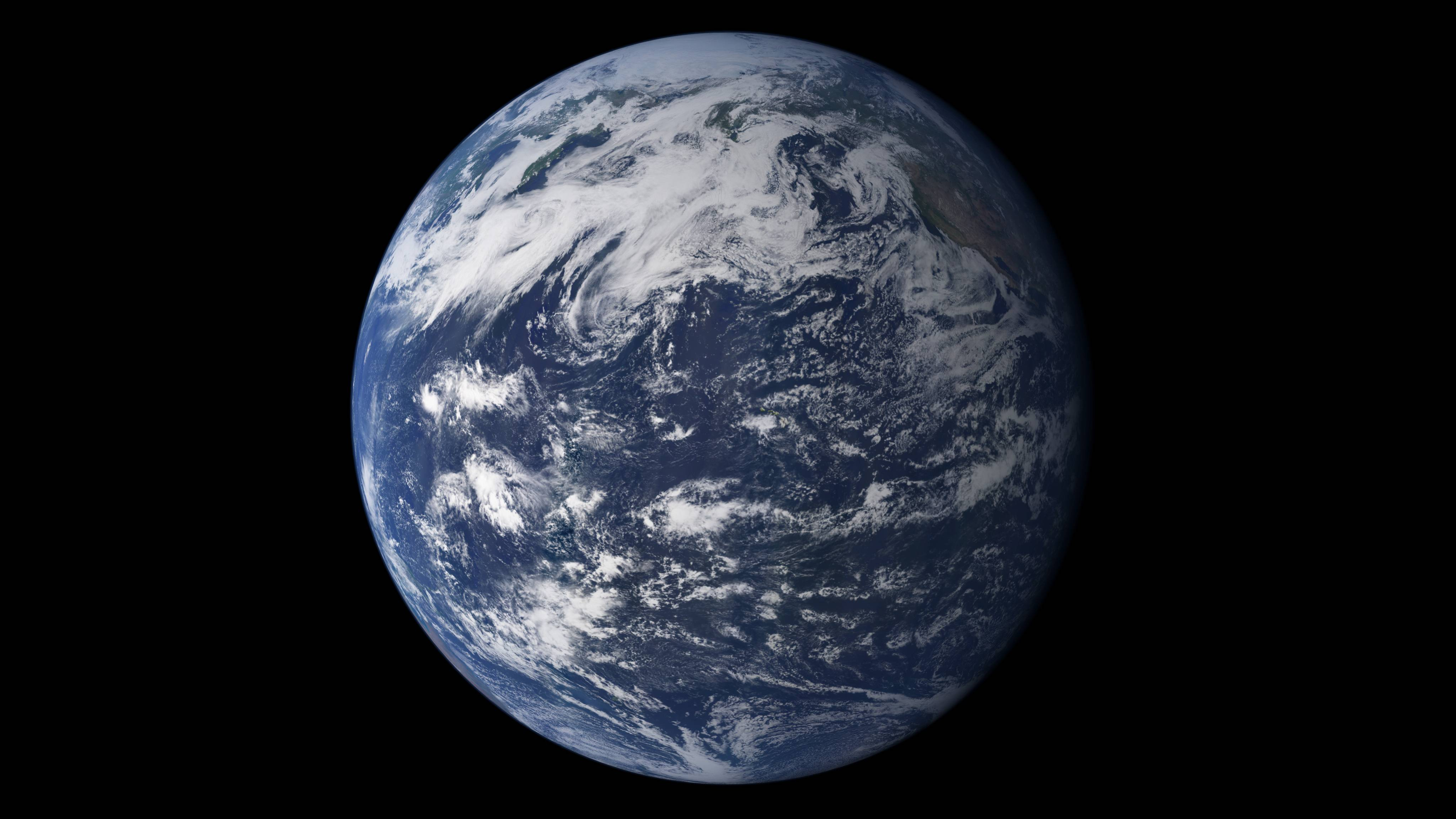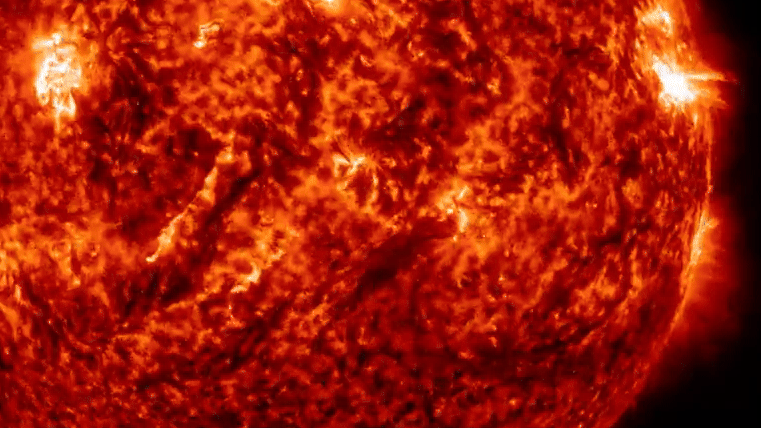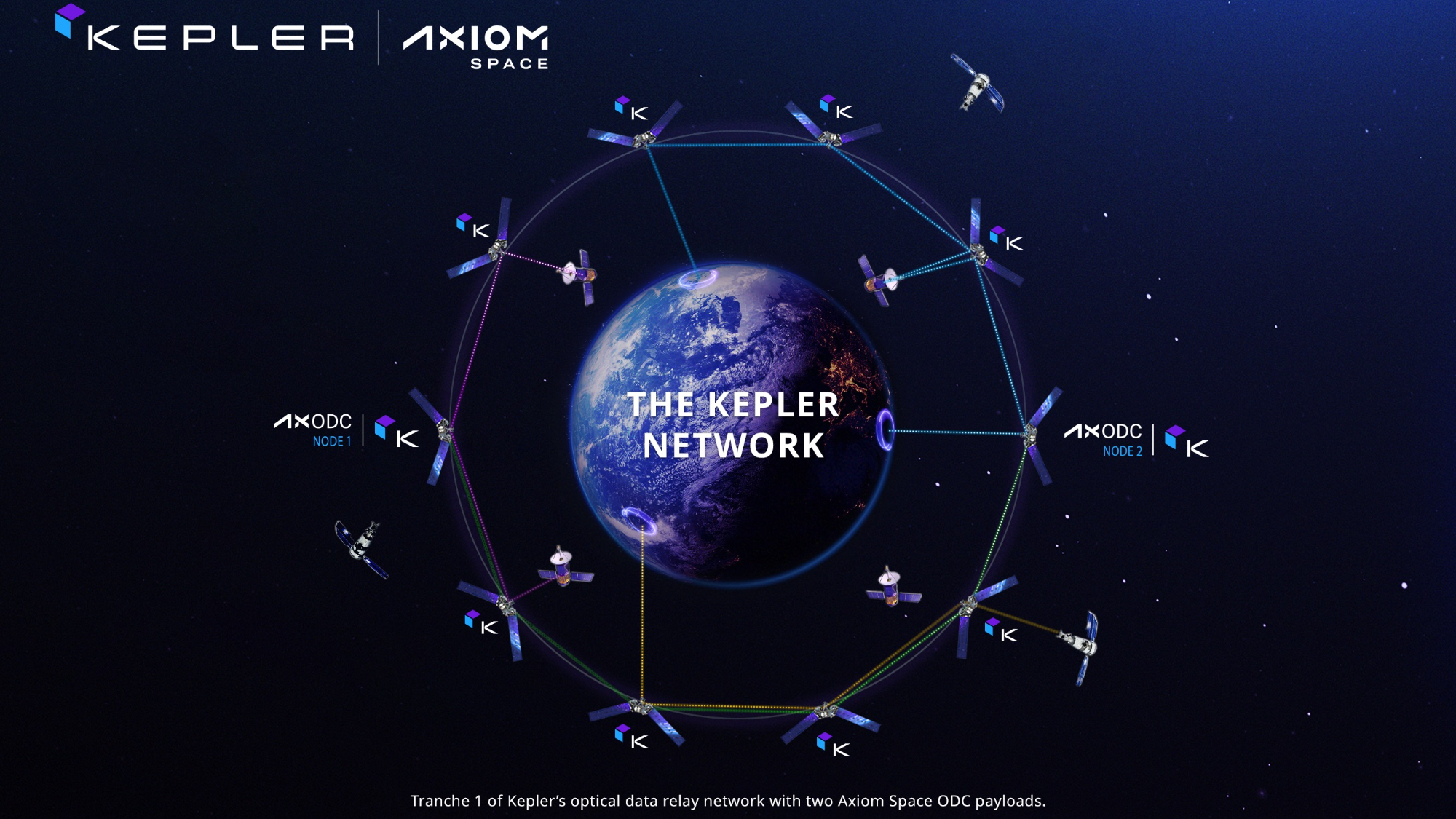
Why we're one step closer to understanding how Earth got its oceans (op-ed)
The forthcoming Vera C. Rubin Observatory could discover important clues about the origins of life on Earth.

Space enthusiasts will know — it's easy to get caught up in a wealth of fascinating developments, from missions to the lunar surface to new discoveries in exoplanet science. But as an astronomer, what has me really excited right now is a largely overlooked development here on Earth that could have profound implications for how we understand the development of life on our planet and one of its most unique features: our oceans.
With little fanfare, the forthcoming Vera C. Rubin Observatory in Chile marked a major construction milestone on April 27. Workers on the telescope finished a reflective coating on the primary mirror, giving it the power to capture light from extremely dim objects in the night sky that we currently cannot detect on a regular basis.
With this critical component to what will be one of the most powerful telescopes on Earth, we'll be able to shed light on a question that has perplexed scientists for decades: Where did our oceans come from?
Related: How did Earth get its water? Scientists now look to 'hyperactive comets' for clues
We know that the Earth's oceans were a key ingredient for the development of life, but we are still not sure how they developed. Some of us think that our oceans were delivered to us by icy comets and asteroids from farther out in the solar system. Similarly, recently discovered interstellar objects like 'Oumuamua and 2I/Borisov may tell us about how oceans are delivered to planets around other stars.
Certain chemical properties of the Earth's oceans do not resemble what we would expect if the water was present when the Earth formed. Astronomers believe that water must have been delivered after the Earth formed, potentially from comets that originate at the farthest reaches of the solar system like the Kuiper belt or Oort cloud. However, when the European Space Agency's (ESA) Rosetta mission measured properties of water on the Comet 67P/Churyumov-Gerasimenko, these chemical signatures did not match those of our oceans.
Part of the answer may come from learning more about one of the biggest new mysteries in the solar system: dark comets.
Get the Space.com Newsletter
Breaking space news, the latest updates on rocket launches, skywatching events and more!
We recently discovered seven dark comets hiding in the asteroids close to the Earth. These objects disguise themselves like asteroids — rocky bodies that do not have any water ice in them. However, we noticed that the dark comets were accelerating in strange ways.
Comets are small bodies, like asteroids, that also contain ices such as water and carbon dioxide. When a comet heats up as it gets close to the sun, this ice becomes a gas and gets blown off the surface, producing a rocket-like acceleration and a tail of gas and dust.
These dark comets are accelerating like comets but have no tails obvious to our telescopes. If they have water ice on them, then perhaps they could have delivered Earth its oceans.
If dark comets do contain water, they could be the missing link in our understanding of where our oceans came from. It is possible that they, or dark comets like them in the past, had water that resembles our oceans.
'Oumuamua was the first large body to be seen passing through the inner solar system that came from another star system — our first interstellar object. Like the dark comets, 'Oumuamua disguised itself as an asteroid because it had no obvious cometary tail, but it accelerated like a comet. We now think that 'Oumuamua — and the dark comets — contain ices that were invisible to us and that these unusual ices fuel their acceleration as they heat up and become gases.
Astronomers have discovered rocky planets orbiting other stars that could harbor oceans and life. We now know that these exoplanetary systems have ejected enough interstellar objects like 'Oumuamua and Borisov into the galaxy that a tiny fraction of them must pass through our solar system. Just as dark comets could have given us our oceans, bodies like these interstellar objects could carry ingredients essential to the development of life on rocky planets around other stars — like our Earth.
Related: 10 exoplanets that could host alien life
The fact that we have recently discovered both the first interstellar object and the first dark comets means that we are only at the tip of the iceberg. There are likely many more of these disguised comets — both from interstellar space and native to the solar system — lurking undetected in our planetary neighborhood.
The Rubin Observatory is now one step closer to us having access to orders of magnitude more observing sensitivity than we have today. We will soon be able to find what may be hundreds of interstellar objects in our solar system as well as seeing accelerations on many new dark comets.
Could dark comets and interstellar objects be the source of life on Earth-like planets? With the Rubin Observatory, we have the chance to understand these entirely new populations in the solar system and, potentially, where we came from.
Darryl Seligman is a research associate in the Department of Astronomy at Cornell University. His research focuses primarily on theoretical and computational planetary science and astrophysics.
Join our Space Forums to keep talking space on the latest missions, night sky and more! And if you have a news tip, correction or comment, let us know at: community@space.com.

Darryl Z. Seligman is a National Science Foundation Astronomy and Astrophysics Postdoctoral Fellow/Assistant Professor of Physics and Astronomy at Michigan State University. He completed his undergraduate degrees in Mathematics and Physics at the University of Pennsylvania in 2015. He completed his Ph.D. at Yale University in Astronomy in 2020 and was awarded the Yale University Dirk Brouwer Memorial Prize for Outstanding Ph.D. Thesis. He is a recognized expert on comets, asteroids, planetary science, and exoplanets.









